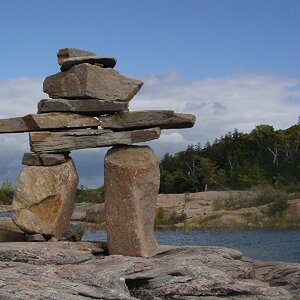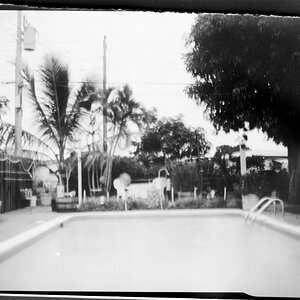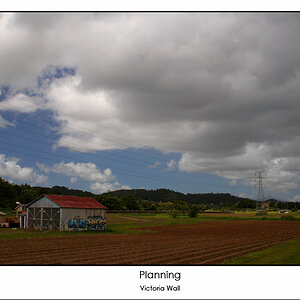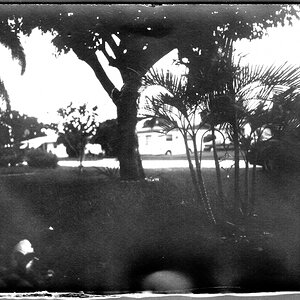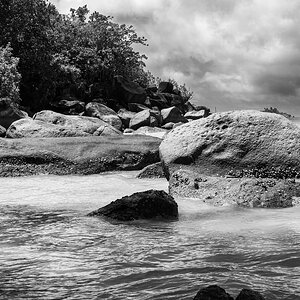ashfordphoto
TPF Noob!
- Joined
- Feb 8, 2007
- Messages
- 383
- Reaction score
- 0
- Location
- Colorado Springs, CO
- Can others edit my Photos
- Photos OK to edit
Okay, so I love love love Ansel Adams and I'm looking at his work and see that in a ton of the shots I love - the full frame is entirely in focus, no matter what the distance is. The mountain could be a mile a way and be just as in focus as the ground in the foreground.
How how? Is it the lens? The style of camera? The exposure? If it's possible, I'd like to try and duplicate that focus - but I don't know where to start.
Any ideas?
How how? Is it the lens? The style of camera? The exposure? If it's possible, I'd like to try and duplicate that focus - but I don't know where to start.
Any ideas?




